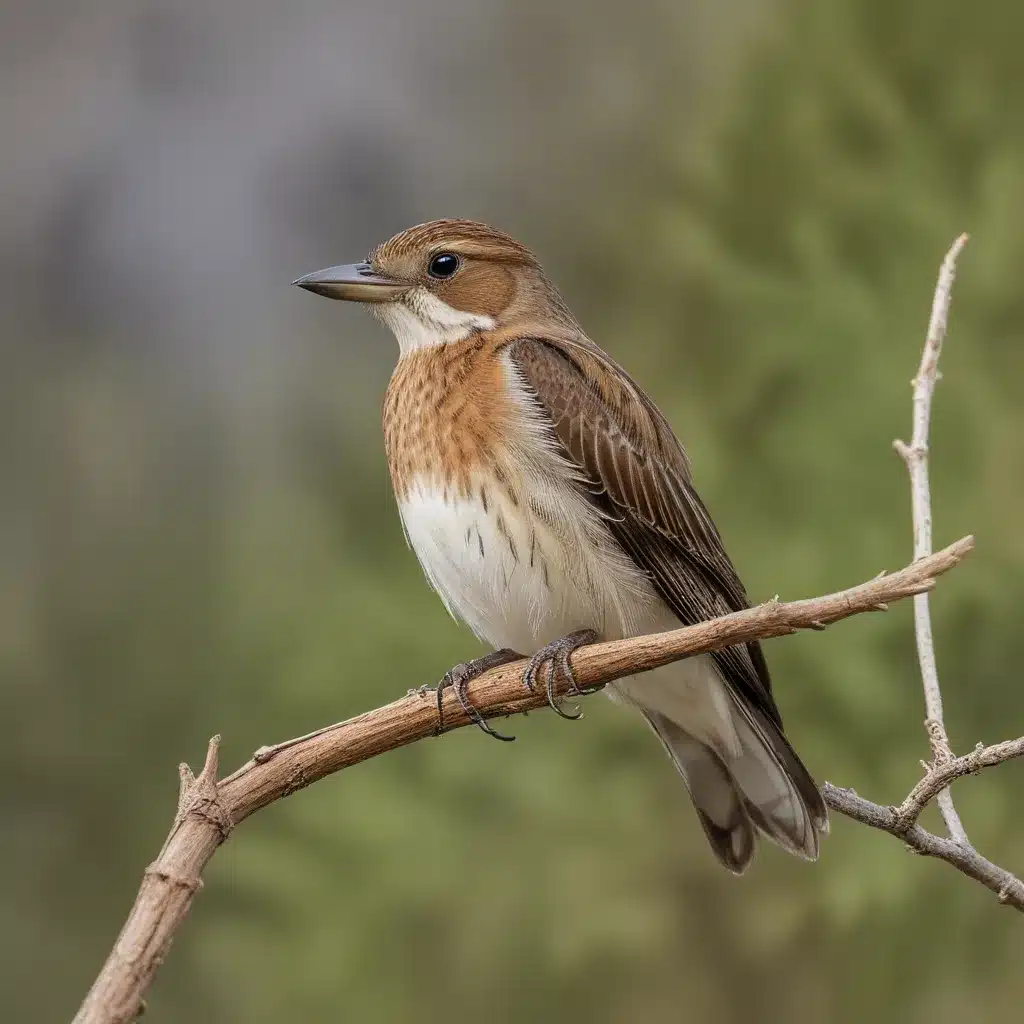
Winged Wanderers: Navigating the Joys and Challenges of Bird Travel
Migratory Bird Species
The world of avian migration is truly awe-inspiring. Each year, countless birds undertake extraordinary journeys across continents and oceans, driven by an innate compass that guides them to their seasonal destinations. From the melodic songbirds that fill our backyards to the majestic waterfowl that grace our waterways, and the soaring raptors that rule the skies, the diversity of migratory species is truly breathtaking.
Songbirds, with their delightful trills and captivating plumages, are perhaps the most well-known group of avian migrants. Species like warblers, thrushes, and sparrows embark on remarkable voyages, some traveling thousands of miles between their breeding and wintering grounds. Their ability to navigate such vast distances, often making non-stop flights across open water, is a testament to their evolutionary adaptations.
Waterfowl, including ducks, geese, and swans, are another group of highly mobile birds. These aquatic marvels take to the skies in organized V-formations, capitalizing on the aerodynamic benefits and utilizing the lead bird’s energy to conserve their own. The sight of a flock of Canada geese honking their way overhead is a quintessential harbinger of seasonal change.
Raptors, such as hawks, eagles, and falcons, are renowned for their impressive aerial prowess. These apex predators soar effortlessly on thermal updrafts, taking advantage of the wind currents to conserve energy during their long-distance journeys. Their keen eyesight and agile maneuverability make them masters of the skies, and birdwatchers eagerly await their migratory spectacles.
Navigational Abilities
The navigational feats of migratory birds are nothing short of remarkable. These winged wanderers possess an array of specialized senses and adaptations that allow them to chart their courses with uncanny precision.
Celestial navigation is a primary means by which birds orient themselves during migration. By using the sun, stars, and moon as reference points, they can determine their position and direction of travel. This innate ability to read the celestial map is particularly evident in nocturnal migrants, who maintain their course even in the absence of visual cues.
Magnetic sensing is another crucial component of avian navigation. Birds have been found to possess a specialized magnetic compass, allowing them to detect the Earth’s magnetic fields and use them as a navigational aid. This skill enables them to compensate for wind and weather conditions, ensuring they stay on course despite external factors.
Olfactory cues also play a role in the migratory journeys of some bird species. Certain birds, such as seabirds, have been observed using the scent of land, vegetation, and even the ocean itself to guide their way, particularly during overwater flights.
Challenges Faced by Migrating Birds
While the migratory prowess of birds is truly remarkable, their journeys are not without obstacles and challenges. Sadly, many of these challenges are the direct result of human activities and environmental changes.
Habitat loss and fragmentation pose a significant threat to migratory birds. As urban sprawl, deforestation, and agricultural expansion continue to encroach on natural landscapes, the corridors and stopover sites crucial for birds’ long-distance movements are being disrupted. This loss of habitat can severely impact the birds’ ability to refuel, rest, and successfully complete their journeys.
Environmental obstacles, such as adverse weather conditions, can also take a toll on migrating birds. Sudden storms, strong winds, and heavy rainfall can disorient and exhaust the birds, leading to increased mortality rates. Additionally, the impact of artificial light pollution can disrupt the birds’ natural circadian rhythms and navigational cues, causing them to veer off course or become disoriented.
Anthropogenic threats, such as hunting and poaching, as well as collisions with buildings and power lines, further endanger the lives of migratory birds. These direct human-caused threats can have devastating consequences on already vulnerable bird populations.
Birding and Birdwatching
The annual spectacle of bird migration has captivated human observers for centuries. Birdwatchers, or “birders,” eagerly await the arrival and departure of their feathered friends, documenting their movements and behaviors with a keen eye and a deep appreciation for the natural world.
Observing migratory patterns can be an incredibly rewarding experience. Certain geographic locations, known as migration hotspots, offer prime opportunities to witness the ebb and flow of avian travelers. Citizen science initiatives, such as eBird, allow birders to contribute their observations, helping to track and understand the intricate patterns of bird migration.
Conservation efforts play a crucial role in protecting migratory bird species and their habitats. Organizations and individuals work tirelessly to restore and maintain the essential stopover sites and breeding grounds that sustain these remarkable creatures. Policy advocacy and public awareness campaigns aim to address the threats posed by habitat loss, climate change, and human-made hazards.
The Joy of Avian Exploration
The beauty and wonder of bird migration transcends mere observation. The diverse plumage, captivating behaviors, and sheer resilience of these winged wanderers inspire a sense of awe and connection to the natural world.
Appreciating the aesthetic qualities of migratory birds is a delight in itself. From the iridescent feathers of hummingbirds to the graceful soaring of raptors, these avian marvels are a feast for the senses. Witnessing the intricate dances and vocalizations of songbirds, or the synchronized movements of waterfowl, can evoke a sense of profound tranquility and connection.
Beyond the physical realm, the cultural and spiritual significance of migratory birds is deeply woven into the human experience. Across various cultures, these feathered travelers have been revered as symbols of freedom, resilience, and the cyclical nature of life. In art, literature, and mythology, migratory birds have inspired countless representations, serving as metaphors for our own journeys and the ebb and flow of the natural world.
As we continue to navigate the challenges facing our avian companions, it is crucial to maintain a sense of wonder and appreciation for their incredible feats. By understanding and protecting the migratory pathways and habitats that sustain these winged wanderers, we can ensure that future generations can marvel at their captivating journeys and the profound connections they inspire.


